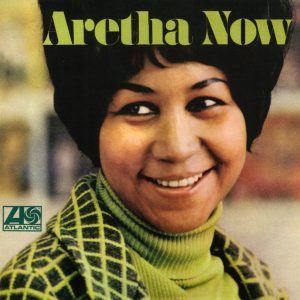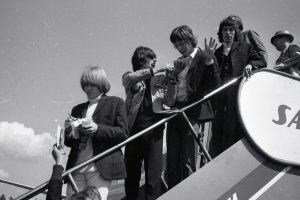The early rock and rollers faced a bit of a challenge as they aged. The genre inherently is that of young people — or at lest was at its inception. Those who survived had to answer some basic questions: Can rock and roll be a career? Just how does a rocker grow old gracefully?
Some retired, perhaps making cameos when the cash reserves ran low. Others said, simply, that it indeed is a fine career. They loved what they were doing so much that they just kept going and going. Now we are at the other end of it all. These people are pushing their mid-70s. The histories start barely two decades after the end of World War II.

Savoy Brown is one of these bands. It never achieved the fame in the United States that it enjoys in Great Britain. It is, however, an institution — as the profile at its website rightly points out.
The institution of this institution is lead guitarist Kim Simmonds. He is a founding member of the band, which dates from 1966, and the only one who never left. The first album, “Shakedown,” was released in 1967. The profile goes through the list of personnel changes, which simply is a parade of names to most folks. It’s interesting to note that the rapidly of changes is great even for a rock act. The most noteworthy is that in 1970 three band members (Dave Peverett, Tony Stevens and Roger Earl) left to form Foghat.
Simmonds comes across as a humble and good natured guy in an interview earlier this month in Parade. He has two albums out this year. “Witchy Feelin’ ” is a Savoy Brown record and “Jazzin’ on the Blues,” is an acoustic instrumental album. (The interviewer didn’t ask what Simmonds has against the letter G.)
It is interesting to see what these initial rock players do with their long lives if they are lucky enough to have them. Simmonds comes across as a man who is happy with the career track that was set in the mid-1960s.
In early 2015, The San Diego Union-Tribune posted a well done story on Savoy Brown, which in essence saying that it posted a story on Simmonds. Writer George Varga makes the point that Savoy Brown (and, he points out, John Mayall’s Blues Breakers) may have stayed closer to the blues than other bands of the era such as The Rolling Stones and Cream. These bands moved more toward rock and roll, which may be called a broader interpretation of the blues. Simmonds is quoted as saying that a pivotal moment for the young band was the opportunity to open for John Lee Hooker and Champion Jack Dupree.
I had the opportunity to discuss Duke Ellington a few weeks ago with Jeff Claassen, an Assistant Professor of Harmony at the Berklee School of Music. It was interesting that one of the things that most impresses him about Duke was his ability to keep a band working for 50 years. That thought came back to me when Simmonds addressed a half century of Savoy Brown. Simmonds said that he didn’t think of the band as a “brand.” Rather it was that he started it and it “fell to him” to see it through. He told Varga that he is glad that he did.
It can be a bit disconcerting to see what in essence are old (mostly) men on stage rocking out. The reality is, however, that it is a natural progression. They no longer are kids, but to them — and the people who pay good money to see them — the music still means a lot. What precisely that meaning is undoubtedly has changed over the decades. But that meaning still is there is a sign that it indeed is art.
Here is one fan’s take on the band’s best songs. Above is “Poor Girl.” Below is “Living on the Bayou” which is from “Witchy Feelin'” Clearly, Simmonds still can play.










Add Comment